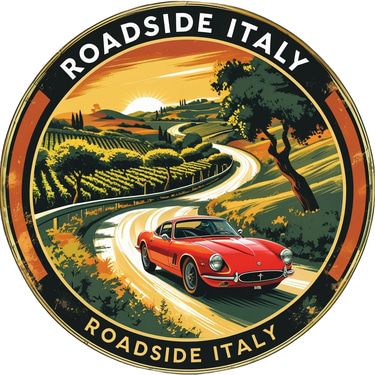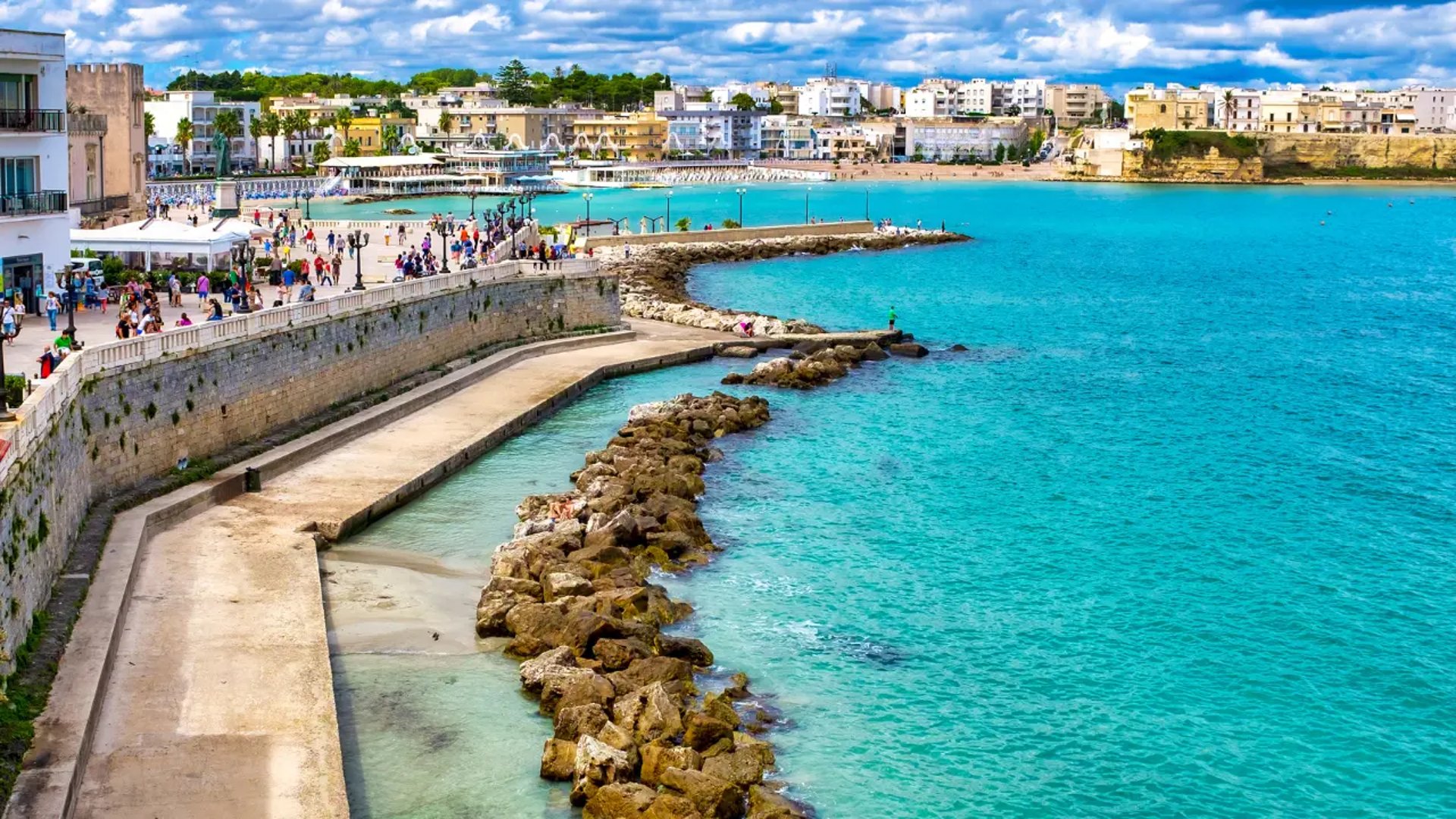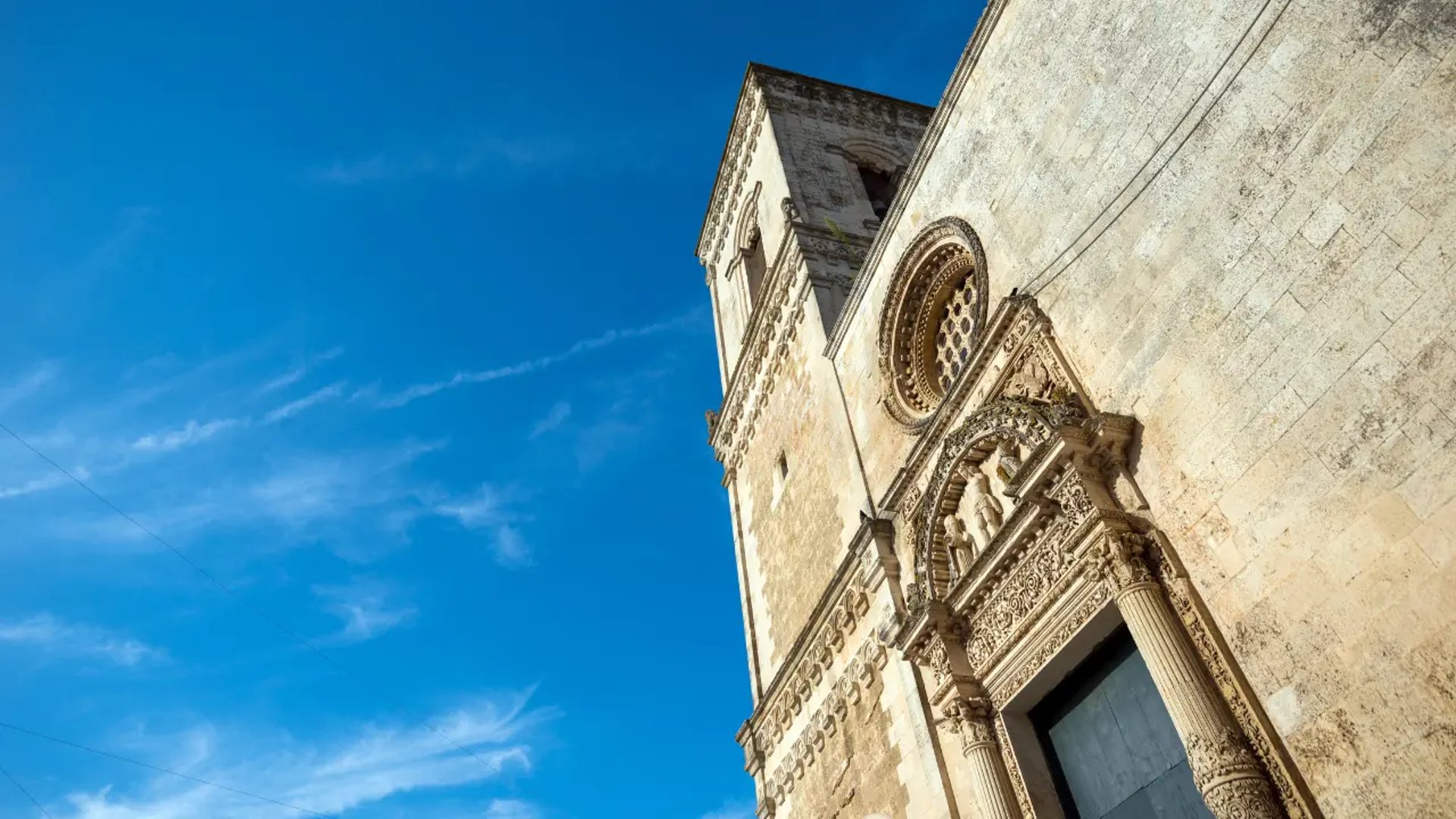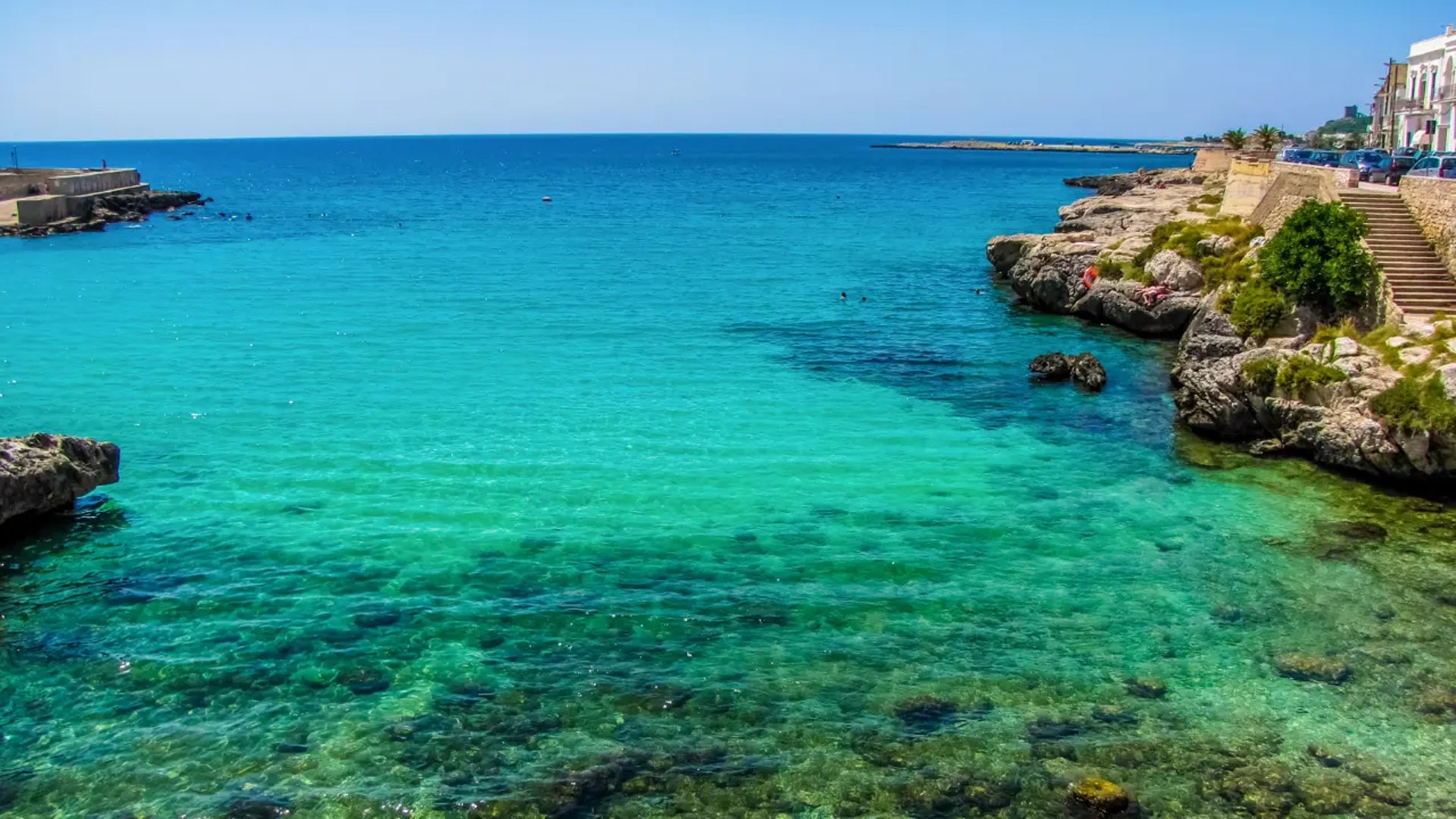Salento – Where Greece, Italy and the Orient Meet in Puglia
Discover Salento in Puglia: Greek dialects, Moorish villas, and Mediterranean traditions blending East and West on Italy’s Adriatic coast. del post del blog.
LOCAL STORIES&CULTUREPUGLIA
Introduction:
Salento is often called the “heel of Italy’s boot,” but it’s more than geography—it’s a land of encounters. Here, in the far south of Puglia, Greek words mingle with Italian dialects, while domes and Arabesque patterns overlook the Adriatic. Few places in Italy embody so clearly the crossroads of Mediterranean cultures.
The Story:
Centuries of history shaped Salento’s identity. Greek settlers brought language and customs that still live in the Grecìa Salentina, where villagers greet each other with “Kaliméra” and dance to the hypnotic rhythm of pizzica. Later, Arab and Ottoman influences left their mark too—through trade, architecture, and even legends. This fusion of East and West created a unique cultural landscape, visible in towns, songs, and traditions.
Cultural Significance:
In the Grecìa Salentina, 11 villages preserve the Griko dialect and Greek-rooted customs. It’s a living testimony of Magna Graecia and Byzantine influence.
In Santa Cesarea Terme, a jewel on the Adriatic cliffs, Moorish-style villas with domes and arabesques recall the Ottoman fascination of the 19th century, when wealthy families embraced exotic architecture for their seaside retreats.
The Salento coastline still whispers of Saracen raids, once feared along its towers and watchposts, shaping legends and defense systems that marked the community.
Together, these influences give Salento a cultural identity that is neither fully Italian, nor Greek, nor Arab—yet all three at once.
Traces Today:
Calimera, Martano, Corigliano d’Otranto, Sternatia: villages where Griko survives in everyday life, music, and bilingual street signs.
Santa Cesarea Terme: famous for thermal baths and villas in neo-Moorish style, with onion domes and intricate decorations that seem lifted from a fairy tale.
Otranto: the “Gateway to the East,” once under Byzantine and later Ottoman siege, still shows traces of Greek mosaics in its cathedral and oriental influences in its atmosphere.
Conclusion:
To walk through Salento is to cross invisible borders: one moment you’re in a Greek square where old men speak Griko, the next you’re in front of a Moorish villa shimmering over the sea. This land doesn’t belong to one culture—it belongs to all the Mediterranean, and that’s what makes it unforgettable.




